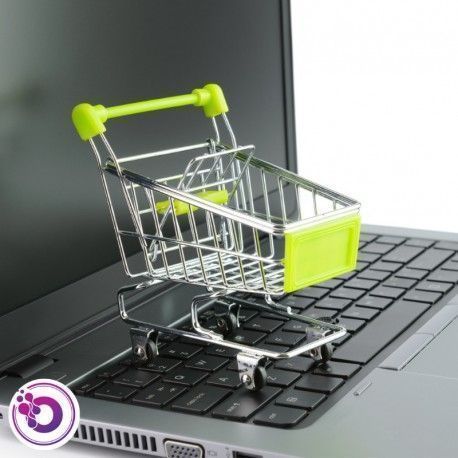How to configure your PrestaShop e-commerce
How to configure your PrestaShop e-commerce ?
PrestaShop is a free e-commerce solution that allows you to quickly create an online store. However, with the self-hosted version, you must make a few settings before launching your platform. This operation is still quite simple.
It is essentially to configure the display and various options of the site according to your domain or your audience.
Configure the theme of your site
The choice of the theme is the first step for configure your PrestaShop e-commerce. Choose customizable and responsive templates (optimized for all screen sizes). Thus, you can adjust the appearance of the site to your image and improve the user experience.
There is also a wide variety of themes for all departments (clothing, cosmetics, high-tech, sports, tools…).
Concretely, you can buy a PrestaShop theme in the dedicated store. In addition to adding images and text, customization extends to the integration of add-ons. With self-hosted software, you can also use a custom theme or a theme from a third party marketplace.
You must however make sure that it is responsive and compatible with the CMS.
In any case, you will have to install the chosen theme. To do this, open the Preferences tab then Themes on the main interface of the newly created site. Then click on Add a theme, Import from computer, then on Add a file. Select the theme file in the displayed window.
Finally, press Open, then Save.
Configure the payment methods on the site
The payment options must be chosen wisely to ensure that your business is successful configure your PrestaShop e-commerce. Indeed, this factor is often decisive for Internet users. It is therefore important to anticipate customer expectations.
PayPal is one of the easiest payment methods to configure, even on PrestaShop multistore. Nevertheless, you can also add other options like :
- Debit or credit cards;
- Electronic wallets;
- Bank transfers;
- Mobile banking services;
- Payment on delivery..
For this operation, go to the Modules and services section. Click on Payment, then choose the payment modules you want for your store. It is also possible to use several currencies on the site.
However, you must set up the corresponding payment gateways. Furthermore, it is imperative to secure all transactions with an SSL certificate.
Configure your product catalog
The construction of the product catalog is essential at the time of configure your PrestaShop e-commerce. It is indeed the very foundation of your business. Moreover, this part of the site tends to concentrate most of PrestaShop’s features.
You will need to organize the catalog in a way that optimizes the store’s operation and the shopping experience.
If you migrate, do not hesitate to use files like ” .csv” to quickly import your products. This operation is allowed by the CMS in order to facilitate the cataloging process. However, you must check the product IDs to avoid ID conflicts.
This problem will lead by default to the replacement of the references registered first.
On a new project, you will need to create categories in the Catalog section of the Dashboard. Then press the New Product button to create a complete product file. Configure also attributes if your products are declined according to characteristics such as size, color, weight… Thus, you will not be obliged to create a product sheet for each reference.
Configure the delivery method of your products
The delivery method plays a decisive role in the process of an e-commerce and customer satisfaction. Thus, this setting is crucial for any entrepreneur who wants to create an online store with PrestaShop. By default, you have two carriers after creating your site.
That said, you can also add, delete, modify these elements at will.
This configuration often occupies a negligible place in a PrestaShop tutorial because of its simplicity. However, the operation can be time consuming, if you add several customization options. However, you will be able to meet the needs of your customers by providing several delivery methods.
To configure this part, open the Dashboard and click on Deliveries in the Customize section. Then go to the Carriers section. Finally, make the desired changes to your e-commerce site.
The options are quite clear and detailed. So you will have no difficulty in finding the most suitable solutions for your store.

